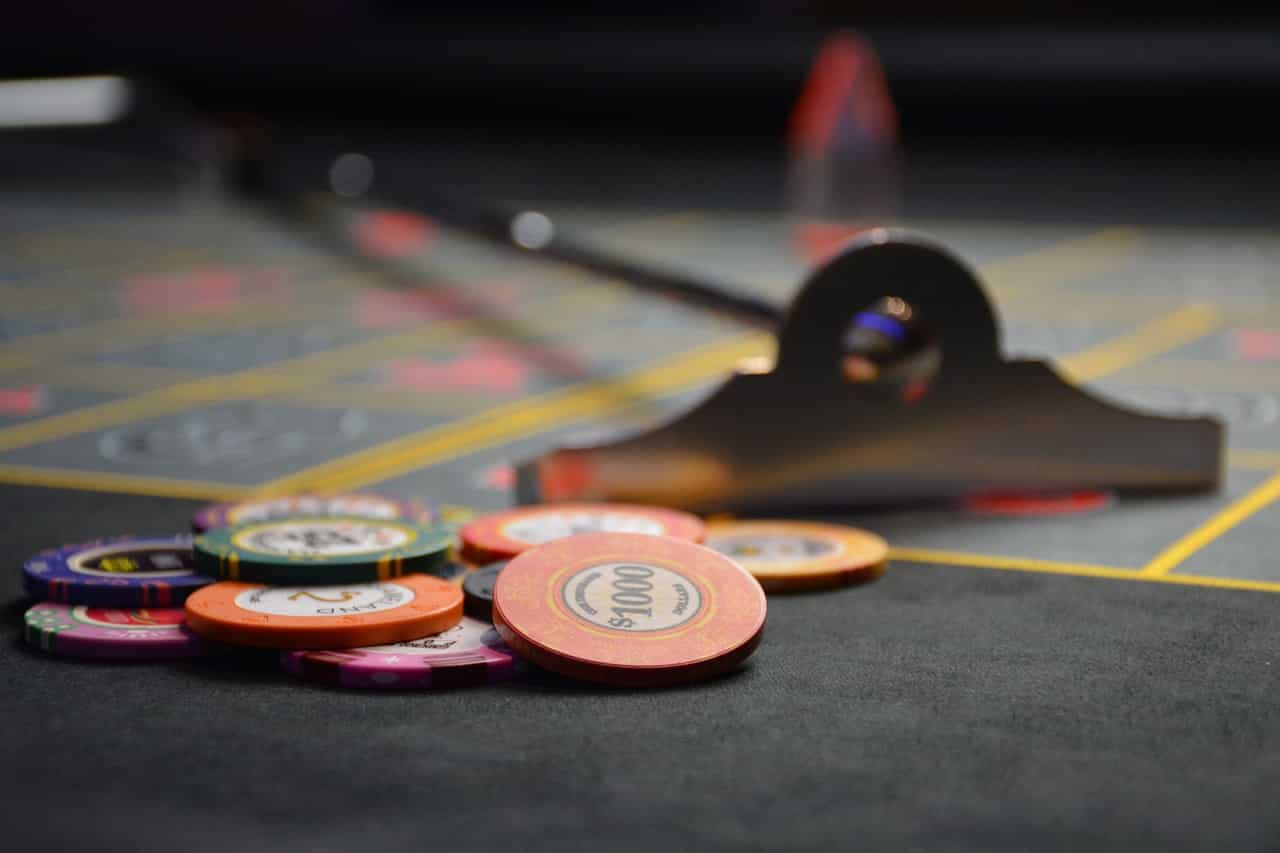Learning how to play roulette is quite a simple process, given the easy gameplay. This chapter is an important component in the process of learning to play roulette games, as we cover the basic rules of playing.
You could more or less sum this up to being a selection of best practices and what to avoid, though. We also run you through how the game is played and point out the finer details that you need to remember. Don’t stress too much about it, though, as the whole process is straightforward.
How a Round of Roulette is Played
Here we are learning how to play roulette in the most simple of ways – by kicking this chapter off with a short run-through of how a round is played.
How to Play Online Roulette Games
Follow these steps to play a round of roulette through some of the best online casinos:
- Once you’ve looked over the games at some of the top online casinos that we recommend, you will then have to load the game.
- Once you are in the game, your first step is to decide how much you would like to bet. This can be done easily by selecting the necessary chip size.
- Place your bet by selecting where on the roulette table that you would like to bet whether it is a combination bet, straight up number, or a variety of outside bets.
- When you are happy with your bet selection, click the ‘spin’ button to start the spinning of the wheel.
- This will take a few seconds for the wheel to come to a halt and the ball to land in a pocket. If you correctly bet on the number that hits, then you are a winner, and the dealer will automatically pay you out!
- If you have won, your payout will depend on the bet that you placed.
- You can play another round of roulette by simply clicking the bets that you wish to play once more.
How to Play Roulette Games at a Casino
Playing roulette at a brick-and-mortar casino is just like playing online, just follow the below steps:
- Ensure that you have your bankroll exchanged for chips. If you haven’t already, head over to the cashier.
- Wait for a new round to begin, the dealer will notify players that bets can be placed by removing the puck or object from the table.
- Place your chips on the necessary bets and then stand back and watch the wheel spin. The dealer will announce ‘no more bets’.
- As the wheel stops, the dealer will declare the winning number and proceed to pay out any winning bets.
- Once all chips have been cleared from the table, the dealer will announce betting is ready to commence for the next round.
When to Place Your Bets
This is one of the most difficult aspects of playing roulette casino games, knowing when you are allowed to place your bets. It might sound basic, and while it can be – the process can be made difficult by having to navigate through a crowd of spectators and other players at the table.
So, when are you supposed to place your bets in roulette?
The best way to spot the go-ahead for when to place your bets is by taking a look at the table. What you are looking for is a puck or a small object that will be placed on the betting layout.
This object is placed by the dealer and typically is positioned over the number, which won the previous spin. While this object is on the table, you are not able to place bets.
Once the dealer collects or removes the object from the betting grid, players are then able to commence placing their bets.
Who Places the Roulette Bets: Dealer or Player?
A common confusion among players is who places the bets – the player or the dealer. Typically players will place their own roulette wagers on the grid; however, if you are unable to reach a certain position on the table – the dealer will often provide assistance to you.
How to Make Common Roulette Bets
There are numerous roulette bets that can be placed, and many players like to spruce things up by combining multiple common wagers to increase their odds of hitting a win.
In this section of our how to play guide, we will look at how to make these common bets. However, understand that we won’t go into too much detail just yet about breaking these bets down (we save that for later).
What are the Common Wagers?
There are a few common wagers that players can place when playing; these include:
- Straight Up(single number)
- Red or Black
- Odds or Evens
- Columns
- Split Bet
How do you Make Bets in Roulette?
Each of these common wagers is made in their own particular way. In a basic sense, players will place bets by stacking the necessary amount of chips onto either the number, the section, or the appropriate point on the table.
Generally, these bets are simple once you understand what they mean; we explain more about setting bets in chapter four of this guide.
When Must Players Stop Placing Bets
As a new round starts, the wheel will begin spinning, and players will be able to place bets. This will continue for a short period of time, and then the dealer will motion their hand over the betting layout and announce to all players ‘no more bets’.
This speaks for itself; from this point onwards, no more bets can be placed during the round, and the wheel will shortly finish spinning.
If you continue to place any bets after this point, the dealer can disqualify those bets from play. Continuing to do this might also result in you being asked to leave the table or casino.
Roulette Etiquette
One of the most important aspects of playing roulette casino games is how you handle yourself with and around other players at the table. While the obvious casino etiquette guidelines apply (just treating others how you want to be treated is a good rule of thumb), there is one particular aspect that can become confrontational in roulette games.
This potential issue arises during the bet placing stage, with so many players placing chips on the table at once it can be common for some players to act like wild animals. What we mean is that sometimes you might run into a player who doesn’t exactly show courtesy to other players when placing their bets.
You might find that said player is careless with other chip stacks. This can be frustrating; however, it is best to approach this type of player with either of these responses:
- Ask them kindly to be careful when placing their bets and hope that they aren’t too inconsiderate to accept responsibility for their actions; or
- Notify the dealer and ask that they intervene and request the player to show more care towards other players’ chips.
Alternatively, if you prefer to avoid confrontation altogether simply – just move on and play at another table.
How Does the Game End
Roulette is a simple game, and given its reliance on the wheel and ball – knowing when the game is over is easy.
When the wheel has stopped spinning, and the ball is sitting still in a pocket, the game is over, and the dealer can commence paying out any winning bets. The dealer will typically call the winning number out and place a symbol, puck, or small object on the betting layout to pinpoint the winning number.
When to Start Placing Bets in a New Round
We briefly mentioned this earlier in this chapter; however, players can start placing bets for a new round once the dealer has removed the object or symbol from the table’s betting layout. Typically they will also announce to players words to the effect of ‘you may now place your bets’.
Summarizing What to Remember
- Common roulette bets include the straight-up bet or single number, red or black, odds or evens, columns, and the split bet
- Placing your bets in roulette is easy-to-do, simply decide on the bet or chip you wish to bet and place your chip(s) on the necessary betting location or number
- Players are not able to place bets while the puck or object remains on the betting layout. Once this is removed, players can commence betting on a new round
- The game comes to an end once the ball stops spinning on the wheel and rests in a numbered pocket. The dealer will then pay out any winning bets
- It is important to always follow proper casino player etiquette; however, in games like roulette, you may find players who are inconsiderate towards other player’s bets. Either ask them nicely or request the dealer to intervene. Otherwise, it’s best to just move to another table



